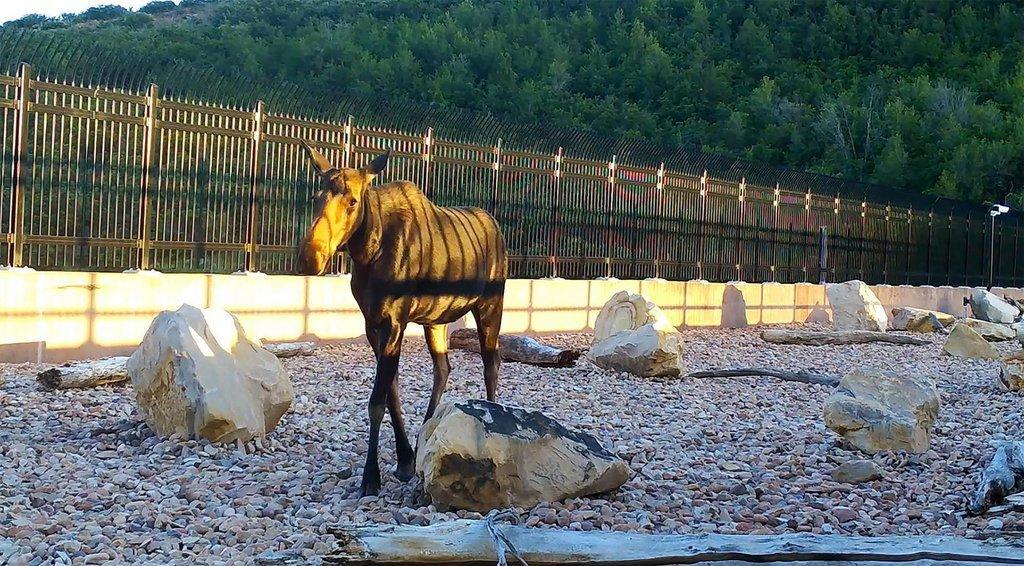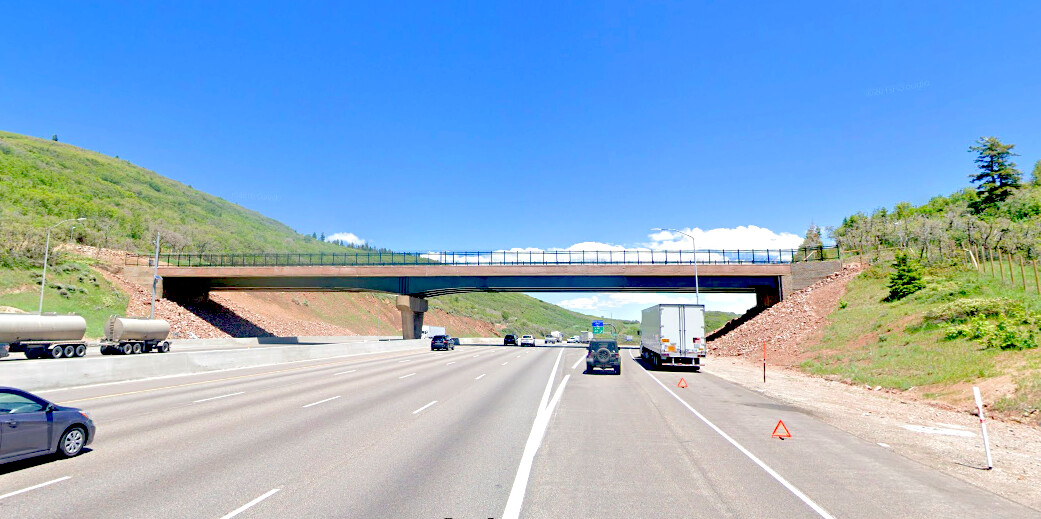

For instance, P-22, arguably the state’s most famous mountain lion, has lived in L.A.’s 4,310-acre Griffith Park, an urban park ringed by freeways, for most of his 12 years his journey directly inspired the crossing concept. The ability to roam over a wide region - males can have a 150-square-mile territory - helps prevent inbreeding low genetic diversity can cause physical abnormalities that lead to reproductive issues and eventually extinction. Mountain lions are a protected species in California, but if the state’s populations are unable to interact with each other, they face a more existential threat than speeding cars or encroaching sprawl. “What you’re really talking about with climate is fragmentation, this degradation of an entire ecosystem.” Restoring the biodiversity that once existed in this canyon, particularly in fire-prone areas, also happens to be an excellent climate-resiliency strategy, says Pratt. Landscaping with native flora is currently being propagated in a nursery, ensuring that the 200-by-165-foot bridge will attract pollinators like butterflies and bees and that the naturalized path will provide safe passage for mountain lions as well as other animals - like coyotes, bobcats, rabbits, snakes, and toads - hemmed in by development. While many wildlife crossings have a more utilitarian design - a bridge in Utah with a viral webcam looks more like a gravel drainage ditch - the Annenberg Wildlife Crossing will be a lush, planted parkway with matte materials to deflect bright headlights and insulation to quiet the roar of cars below. The crossing is planned for Liberty Canyon, where the 157,700-acre Santa Monica Mountains National Recreation Area extends over the 101 freeway, bridging a barrier that prevents wildlife from moving north to other open spaces. This week, the crossing was allocated $10 million from the state, allowing construction to begin this spring. Now the project is planned to break ground this spring, and when completed sometime in 2023, the nearly one-acre bridge will be the largest of its kind anywhere in the world and the most ambitious in such a densely (human-)populated region. As of this week, additional funding has been secured for the $87 million crossing, including a final $10 million allocated by Governor Gavin Newsom’s new budget. The Wallis Annenberg Wildlife Crossing, proposed for the Route 101 freeway on the western side of Los Angeles County, will allow mountain lions to easily cross eight lanes of traffic, substantially expanding their habitat. For more than a decade, Pratt has been advocating for one particular piece of infrastructure that she says could protect Southern California’s local mountain lion population from vanishing forever. A network of crossings over the Trans-Canada Highway has reduced elk collisions to virtually zero there’s even an adorable bridge for migrating crabs in Australia. Wildlife bridges have long been built over highways to protect roaming animals whose populations are threatened by the vehicle-centric lifestyles of humans. I wish we had a crossing in place for him.” Directly across the freeway from where he was killed is the largest contiguous private property in California, a 270,000-acre nature preserve. This made his death all the more devastating: Had he made it to the other side of this final freeway, he would have almost certainly survived, and most likely thrived, says Beth Pratt, California regional executive director for the National Wildlife Federation. According to the scientists who tracked his movements, OR-93 had crossed dozens of roads and even several highways during his 1,000-mile journey. But after weeks of excitement from wolf-watchers, OR-93 was found dead by the I-5 freeway. OR-93 - named that because he had traveled from a pack near Mount Hood, Oregon - was the first gray wolf to roam into Southern California in a century the last one observed in the region had been trapped in 1922.

Last October, a gray wolf with a purple radio collar was spotted wandering in the mountains about 50 miles north of Downtown Los Angeles. Photo: Living Habitats and National Wildlife Federation Mountain lions and other species can safely cross the road on this nearly one-acre bridge.


 0 kommentar(er)
0 kommentar(er)
